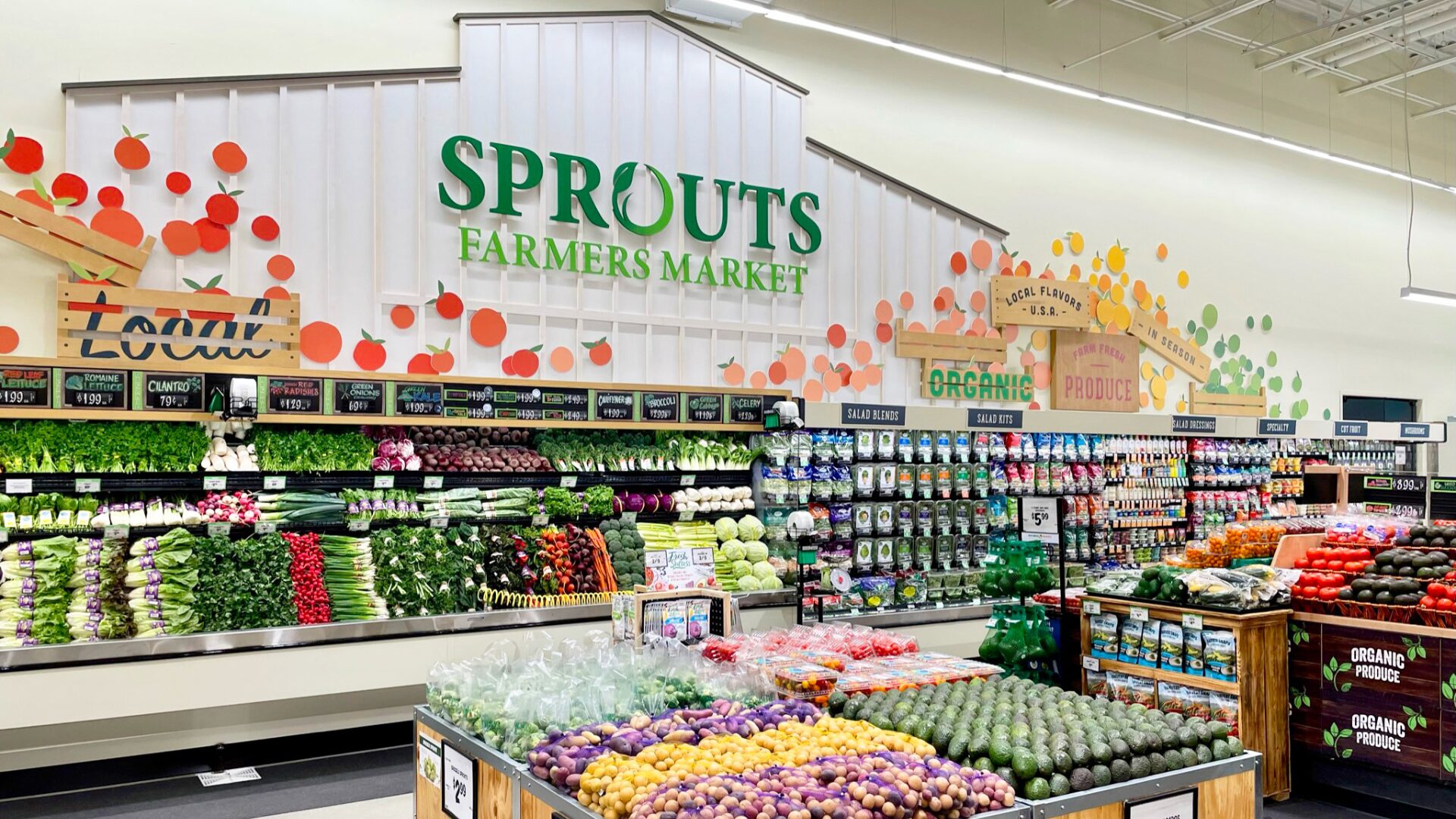Better-for-you trends continue to shake up the dairy case with an expanding selection of plant-based alternatives in milk, yogurt and, more recently, ice cream.
And then there’s pudding, a sleepy category with relatively untapped health potential.
“Pudding is this quintessential American comfort food, it’s engrained in childhood nostalgia, and it’s been around on shelves for a hundred years,” said Gregory Struck, founder of oat milk pudding company, Noops, on a recent podcast for The Food Institute. “So, why has all the nutritional glory gone to [its] cousin, yogurt, over the last twenty years?”
Refrigerated Dessert Market
According to data from IndustryArc, the U.S. refrigerated dairy desserts market size is forecast to reach $8.8 billion by 2025, growing at a compound annual growth rate (CAGR) of 6.1% during the period.
In 2020, dairy and nondairy desserts, including pudding, gelatin and parfaits, increased 8.2% to $843.8 million, while unit sales rose 1.7% to 396.9 million, reported market research firm IRI. However, health concerns associated with indulgent treats and increasing demand for dairy-free desserts are predicted to create hurdles for the market.
Pudding Players, Upstarts
While key legacy brands like Kraft Heinz and Hunts have yet to reinvent their traditional puddings for wellness-minded consumers, several upstarts are heeding the call. Better-for-you vegan dessert brands to watch include The Collaborative and Petit Pot — which are both made with a coconut milk base — and Mush Overnight Oats.
Struck developed Noops while on a personal health journey. The product is an organic offering that’s free of dairy and gluten, with no added sugar. It also contains prebiotics.
“We want to fuse the idea of having a snackable indulgence that you don’t have to feel guilty about eating,” Struck said. “Because what you’re consuming tastes like junk, but it’s actually nutritious.”
Redefining Indulgence for Consumers
In 2020, the Noops team saw its prelaunch sales quadruple projected numbers. Preliminary data showed the product had cross-generational appeal, as a nutritious alternative for children, adults, and senior citizens over the age of 65. Consumers were also eating the refrigerated dessert at various times of day.
“We’re seeing snacking in the afternoon, snacking in the evening. Because of its nutritional parity with yogurt, people were actually replacing the breakfast daypart and consuming the pudding [in the morning],” Struck said. “That’s mostly in line with the offering and the attributes of the product.”











